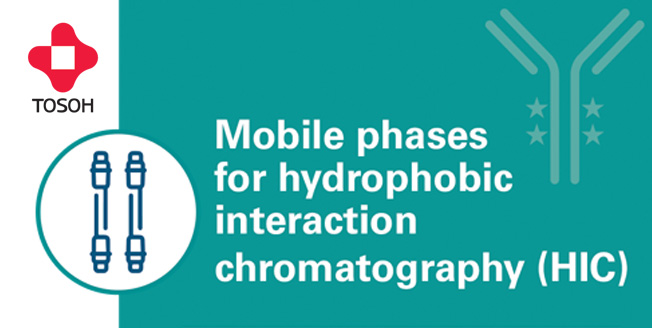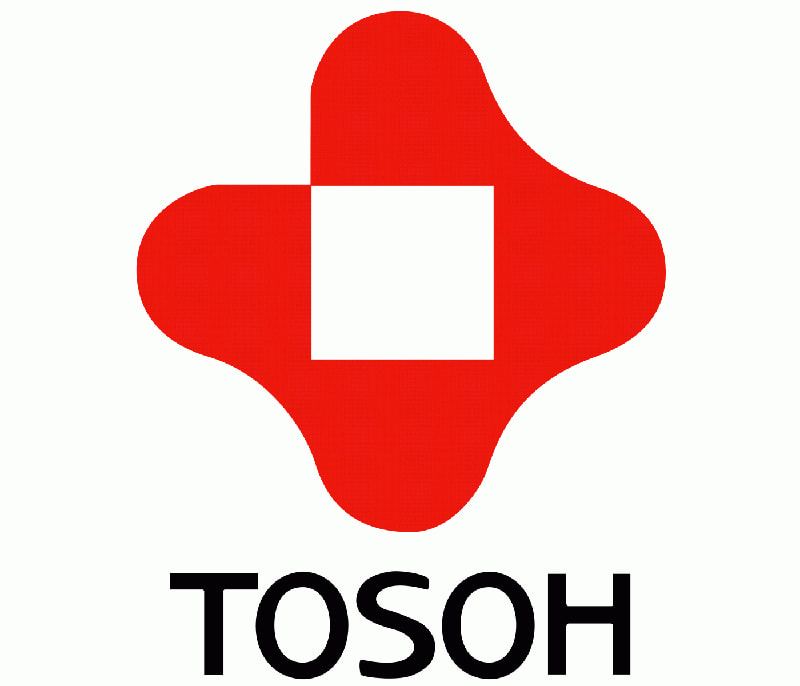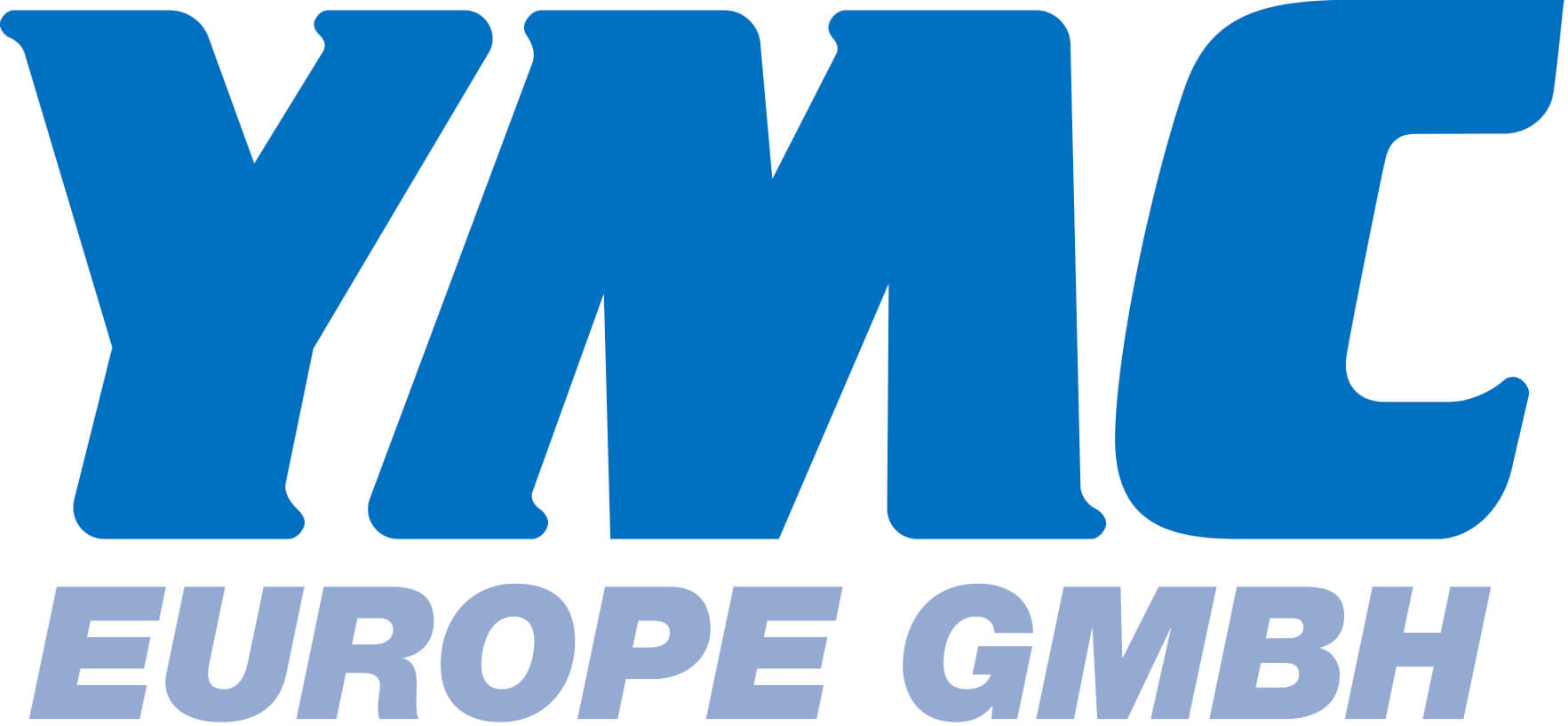
In the analysis of biomolecules, particularly immunoglobulins (IgG) and antibody-drug conjugates (ADCs), maintaining the native state of these complex structures is crucial. Hydrophobic Interaction Chromatography (HIC) addresses this challenge by separating biomolecules under conditions that preserve their functional integrity. HIC uses a mobile phase with high salt concentrations to bind biomolecules, and elution is achieved by gradually decreasing the salt concentration. This process results in the early elution of more hydrophilic molecules and the later elution of more hydrophobic ones. This application note describes how modifications to the mobile phase – specifically pH, organic solvent addition, salt concentration, and gradient mixing rates - can significantly enhance the efficacy of HIC separations using the TSKgel HIC-ADC Butyl column. Understanding the impact of each variable provides a foundation for finetuning separations of complex biomolecules such as ADCs and monoclonal antibodies.
Modifying Gradient Slope
Different linear mixing gradients were tested on an IgG1 antibody (Sample A) by lowering the salt concentration of 1 mol/L Ammonium Sulfate to 0 mol/L over 15, 30, and 60 minutes. Under these conditions, the elution time shifts later with shallower gradients because the elution salt concentration is reached at later run times (Figure 1). However, the resolution between the shoulder and main peak improves with longer gradients due to a larger time-lapse to achieve the critical salt concentration needed to elute each peak. Though separation is increased, the tradeoff is a loss of sensitivity, as band broadening is observed with flatter gradients. An optimal gradient slope is, therefore, a compromise between run time, resolution, and sensitivity.





